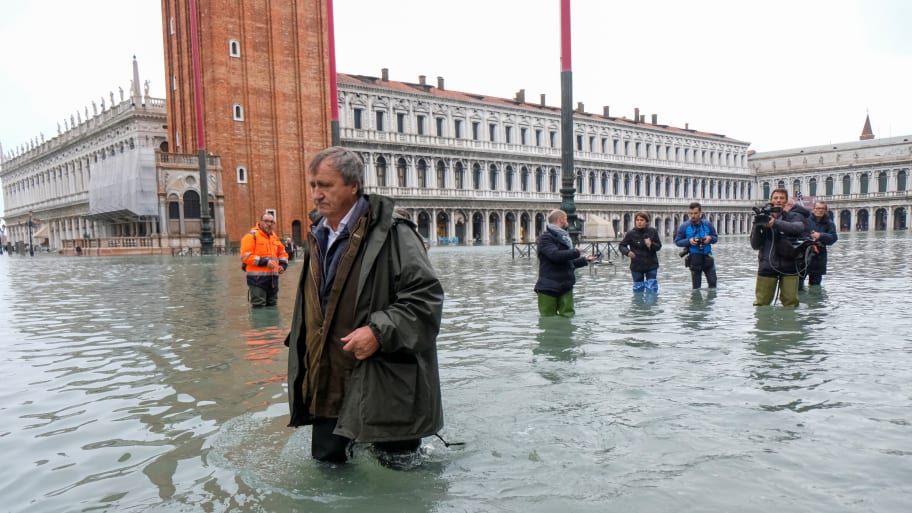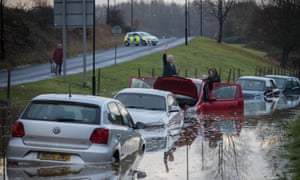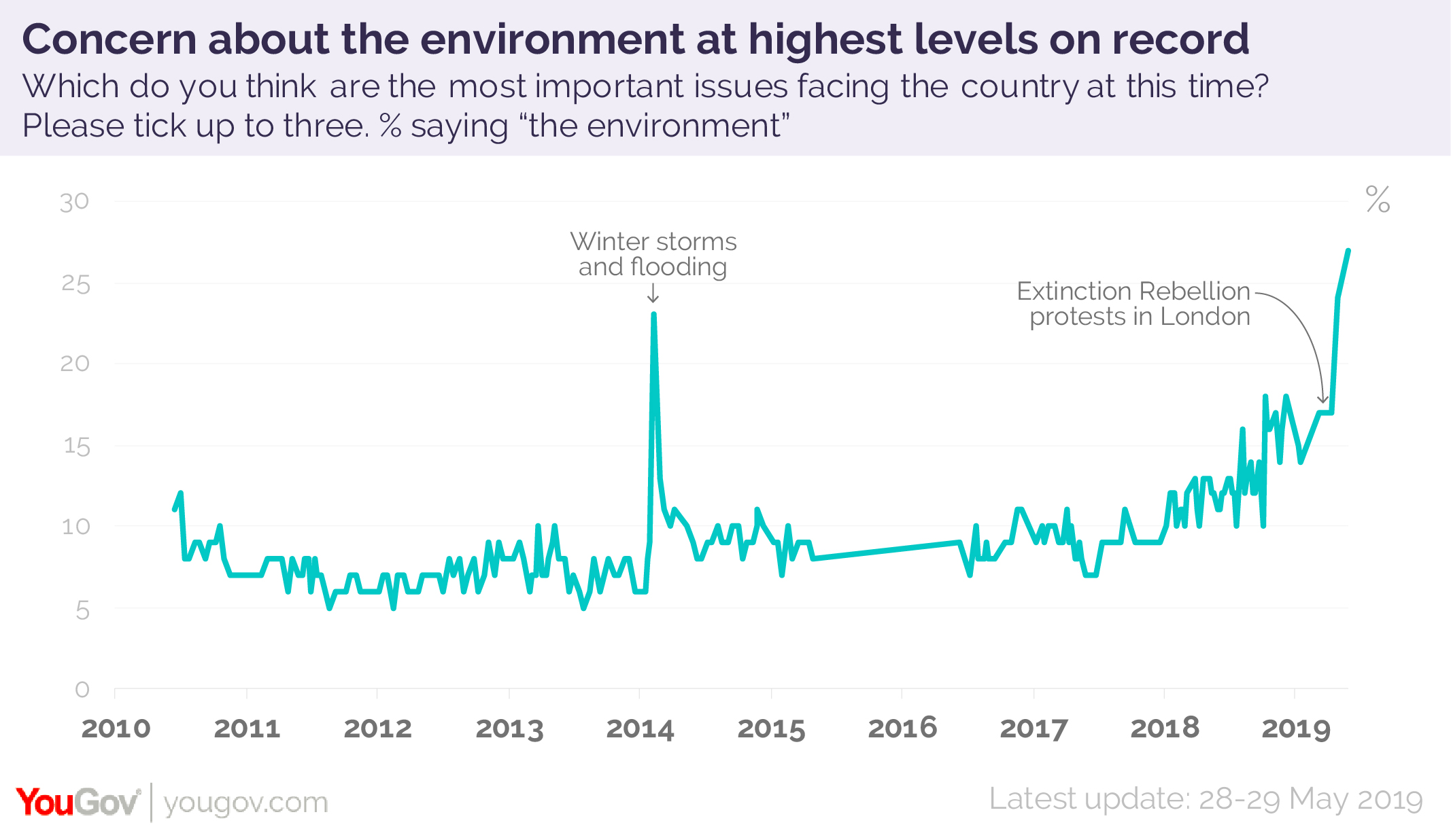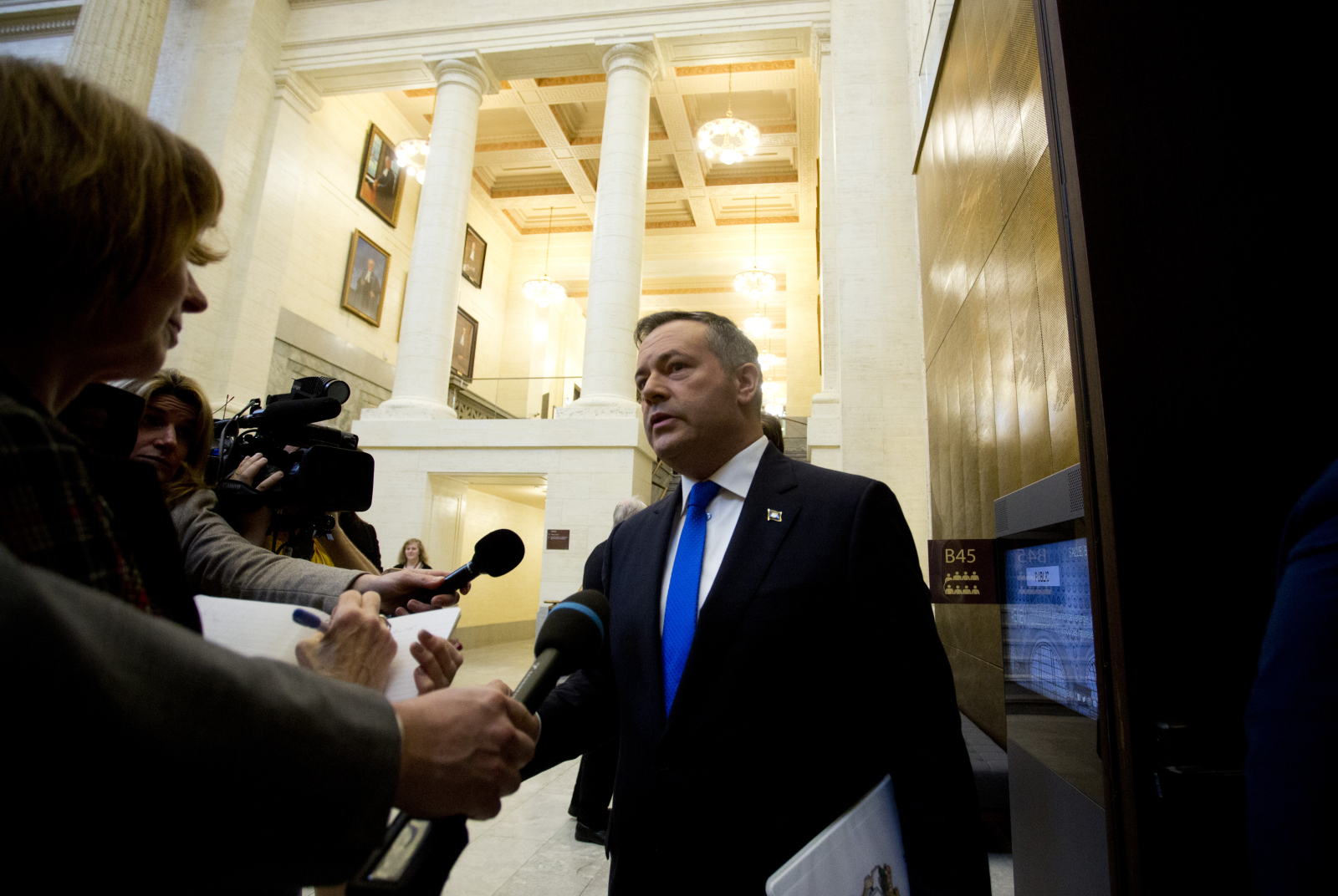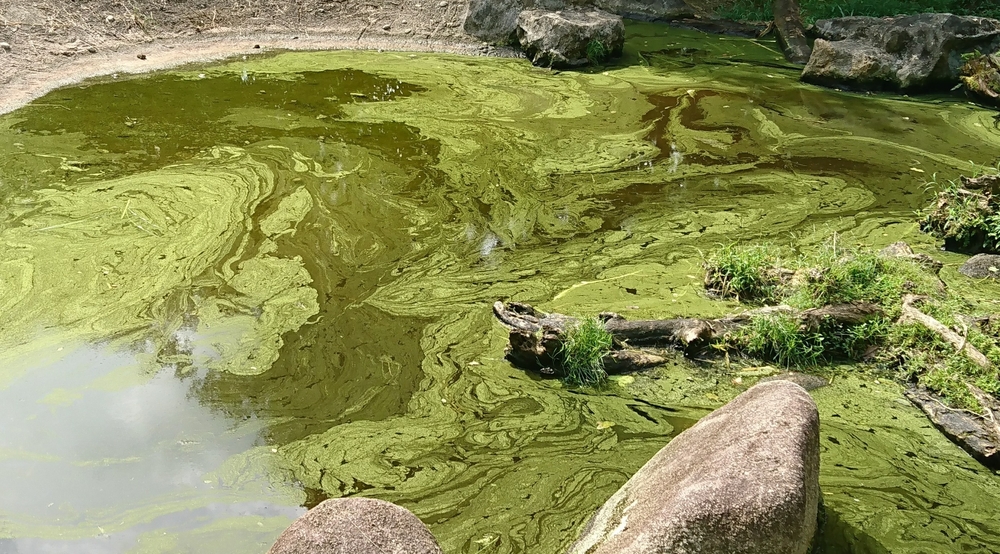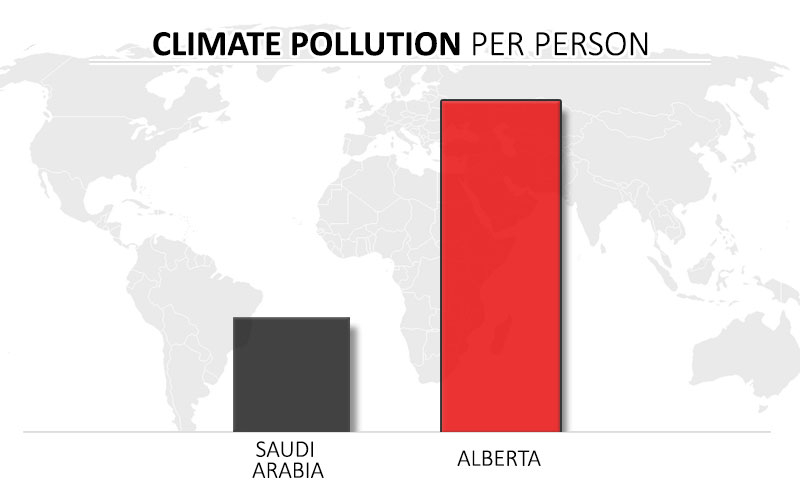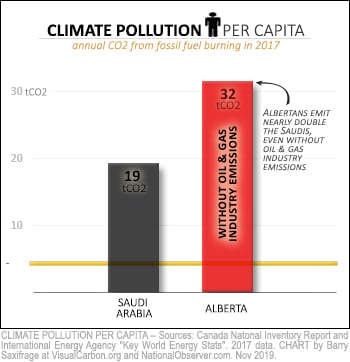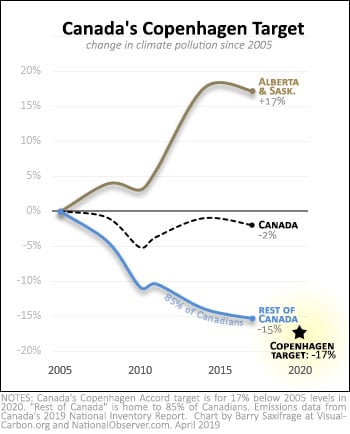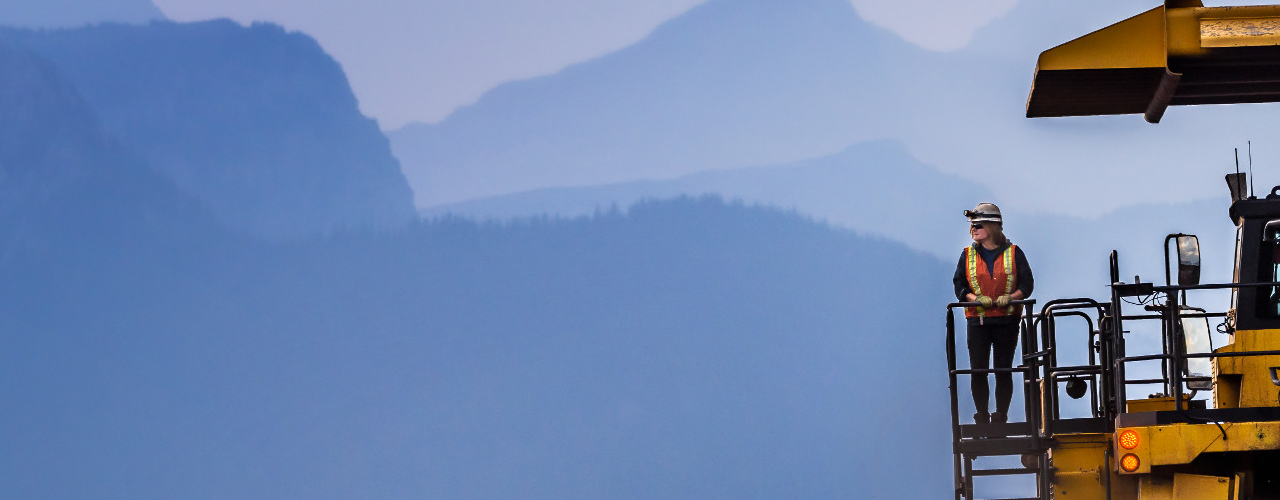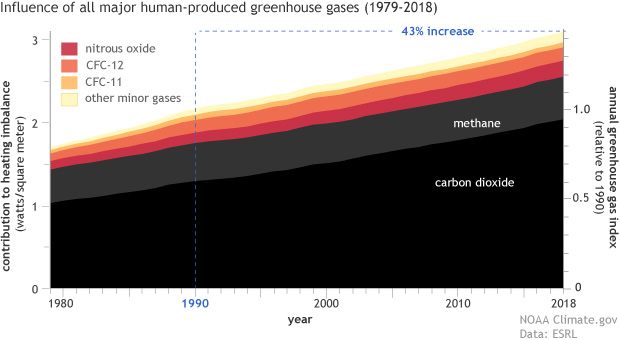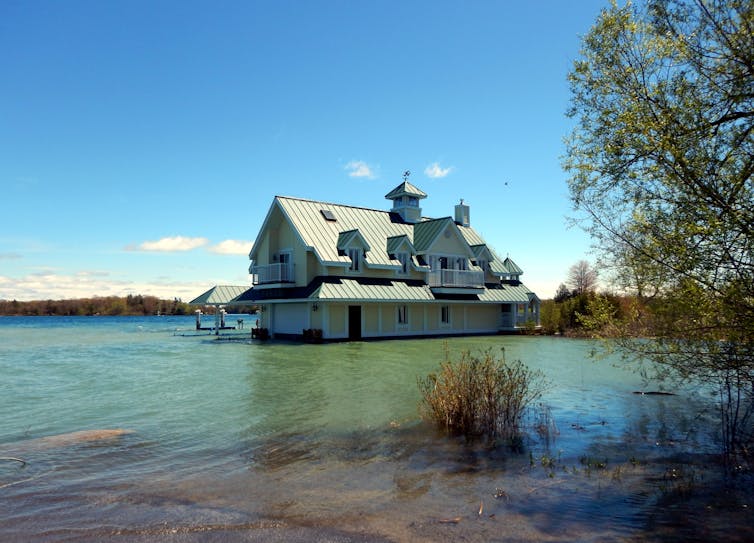..more on my #95 post.
Against offshore drilling? Your American neighbours are with you
We write as your southern neighbours, but neighbours nonetheless. Our homes on the U.S. Atlantic coast are much like Nova Scotia’s many coastal communities. The ocean is who we are. We fish. We are bound to our beaches, and we show them off to our visitors. We love our coasts and oceans; we rely on them for industry, community, and identity.
Beyond our common connection to the ocean, when it comes to local governance matters, our political realities are not far from your own. Local governments in the U.S. are routinely overburdened with responsibilities without having access to the resources to meet needs, and new risks are downloaded to us every day.
One risk we share is that of offshore oil and gas drilling and exploration. As our federal government puts our oceans at risk by attempting (so far unsuccessfully) to open Atlantic waters to offshore oil activity, our local governments are left to deal with all the associated threats and costs. The risks of offshore drilling in Nova Scotia are not much different. Seismic testing used to locate oil deposits put our fisheries at risk by introducing serious stressors to marine life of all kinds. The risk of oil and chemical spills is almost unimaginable, with the potential to leave affected areas with lasting poverty and ecological destruction like that which followed the BP spill on the Gulf Coast in 2010. Continued fossil fuel extraction exacerbates climate change, severe weather, and sea level rise, for which municipalities are already bearing huge costs.
Perhaps the most important similarity is that amid these real challenges, local communities on both sides of the border are not giving up. In Nova Scotia, about 25 per cent of municipal governments have asked for a public inquiry into offshore drilling, as have more than 65,000 Canadians.
Local communities and governments have played an instrumental role in keeping offshore drilling and its many risks off U.S. shores. We’ve worked hard to have our communities, neighbours and state governments understand that offshore drilling poses unreasonable risks to our ways of life.
The offer of jobs and royalties is often flaunted as a silver bullet solution to our problems, but the reality is we have communities, jobs, and economies here and now that rely on clean, beautiful oceans.
It’s clear that on both sides of the border, the existing decision-making processes around offshore drilling, and many forms of resource extraction, do not take seriously the questions and concerns of local communities.....



